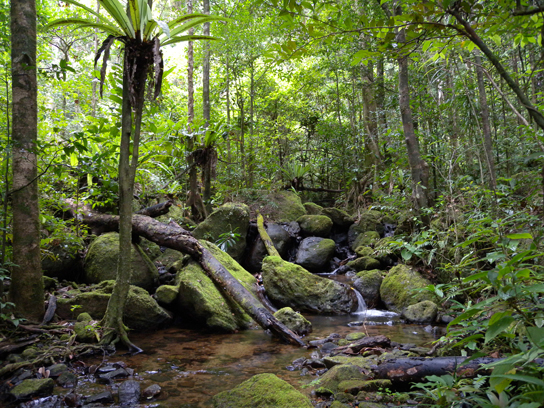| << Chapter < Page | Chapter >> Page > |

Biodiversity is a broad term for biological variety, and it can be measured at a number of organizational levels. Traditionally, ecologists have measured biodiversity by taking into account both the number of species and the number of individuals in each of those species. However, biologists are using measures of biodiversity at several levels of biological organization (including genes, populations, and ecosystems) to help focus efforts to preserve the biologically and technologically important elements of biodiversity.
Biologists recognize that human populations are embedded in ecosystems and are dependent on them, just as is every other species on the planet. Agriculture began after early hunter-gatherer societies first settled in one place and heavily modified their immediate environment: the ecosystem in which they existed. This cultural transition has made it difficult for humans to recognize their dependence on living things other than crops and domesticated animals on the planet. Today our technology smoothes out the extremes of existence and allows many of us to live longer, more comfortable lives, but ultimately the human species cannot exist without its surrounding ecosystems. Our ecosystems provide our food. This includes living plants that grow in soil ecosystems and the animals that eat these plants (or other animals) as well as photosynthetic organisms in the oceans and the other organisms that eat them. Our ecosystems have provided and will provide many of the medications that maintain our health, which are commonly made from compounds found in living organisms. Ecosystems provide our clean water, which is held in lake and river ecosystems or passes through terrestrial ecosystems on its way into groundwater.
A common meaning of biodiversity is simply the number of species in a location or on Earth; for example, the American Ornithologists’ Union lists 2078 species of birds in North and Central America. This is one measure of the bird biodiversity on the continent. More sophisticated measures of diversity take into account the relative abundances of species. For example, a forest with 10 equally common species of trees is more diverse than a forest that has 10 species of trees wherein just one of those species makes up 95 percent of the trees rather than them being equally distributed. Biologists have also identified alternate measures of biodiversity, some of which are important in planning how to preserve biodiversity.

Notification Switch
Would you like to follow the 'Environmental biology' conversation and receive update notifications?